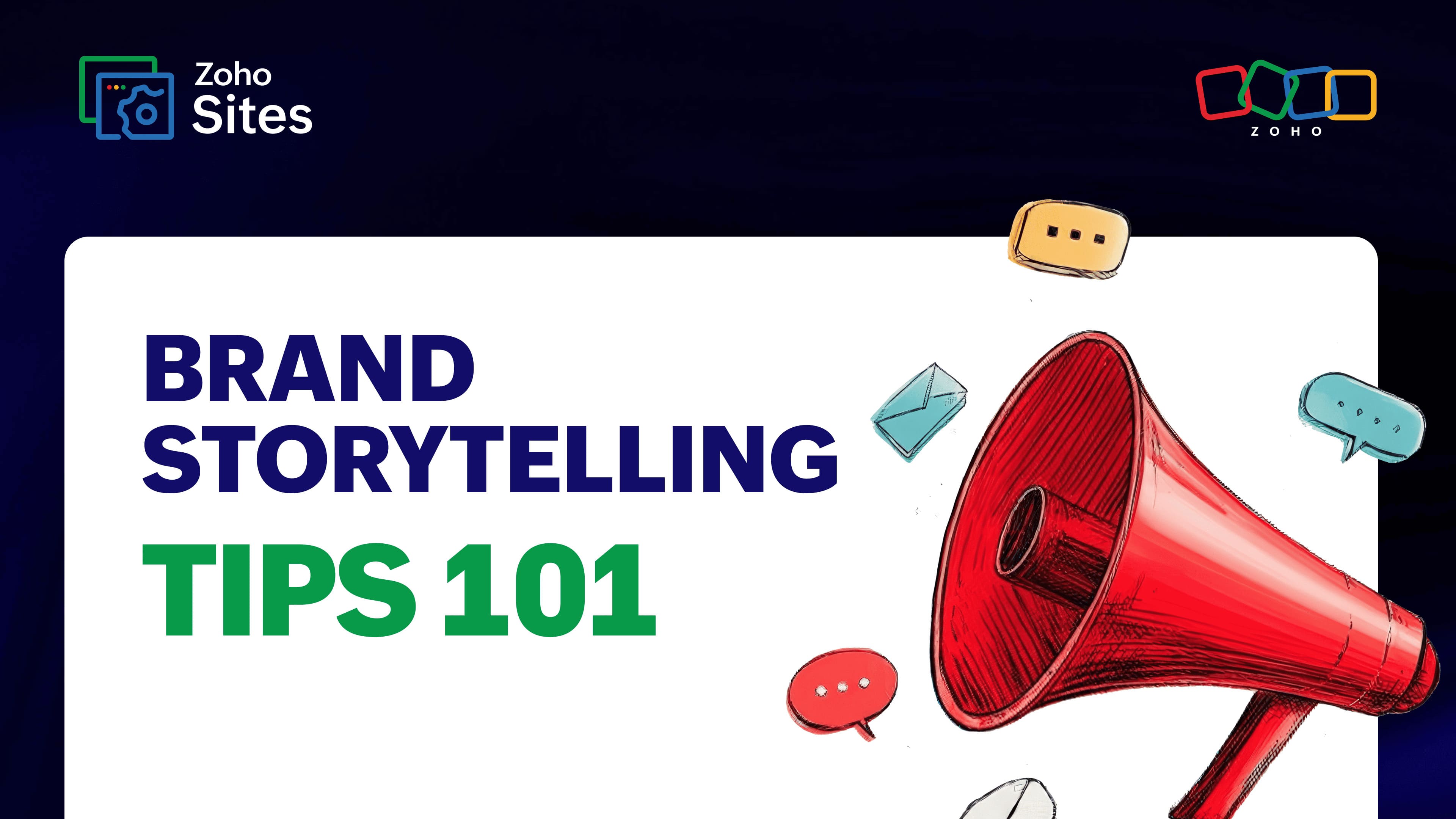The power of user need statements: Creating solutions that truly matter
- Last Updated : February 21, 2024
- 757 Views
- 7 Min Read

In the evolving landscape of product development, there is a key element that often gets overlooked—understanding the needs and desires of the end user. Ever wondered how successful companies seem to have an uncanny ability to anticipate your deepest desires and deliver the perfect product or service? No, they're not mind readers. They're simply masters of decoding user need statements.
From confusion to clarity: Demystifying user need statements
User need statements—don't let those three words baffle you. They're not some cryptic tech jargon, but rather your ticket to creating solutions that resonate deeply with your target audience. So, what are user need statements? Think of them as a tool that connects you with your users' hearts and minds, mapping out clear paths to answer their lingering questions or solve their pesky problems.
The beauty of user need statements is how they pivot the conversation from an invent-it-all approach towards empathy for the end-user. This shift is subtly powerful—it drives companies to create products and services that aren’t just cool or impressive, but that are valuable in a way users understand because they're designed specifically for them.
User-centric makeover: How user need statements elevate product designs
For example, to design a banking mobile app, traditional thinking might start by listing features such as balance checking, funds transfer, or bill payment—all necessary functions but lacking in empathy towards end-users.
However, with the help of research and user need statements, the team is likely to uncover deeper issues affecting their target audience's financial well-being when it comes to traditional banking systems, be it long wait times at branches, confusing jargon in account statements, or anything else.
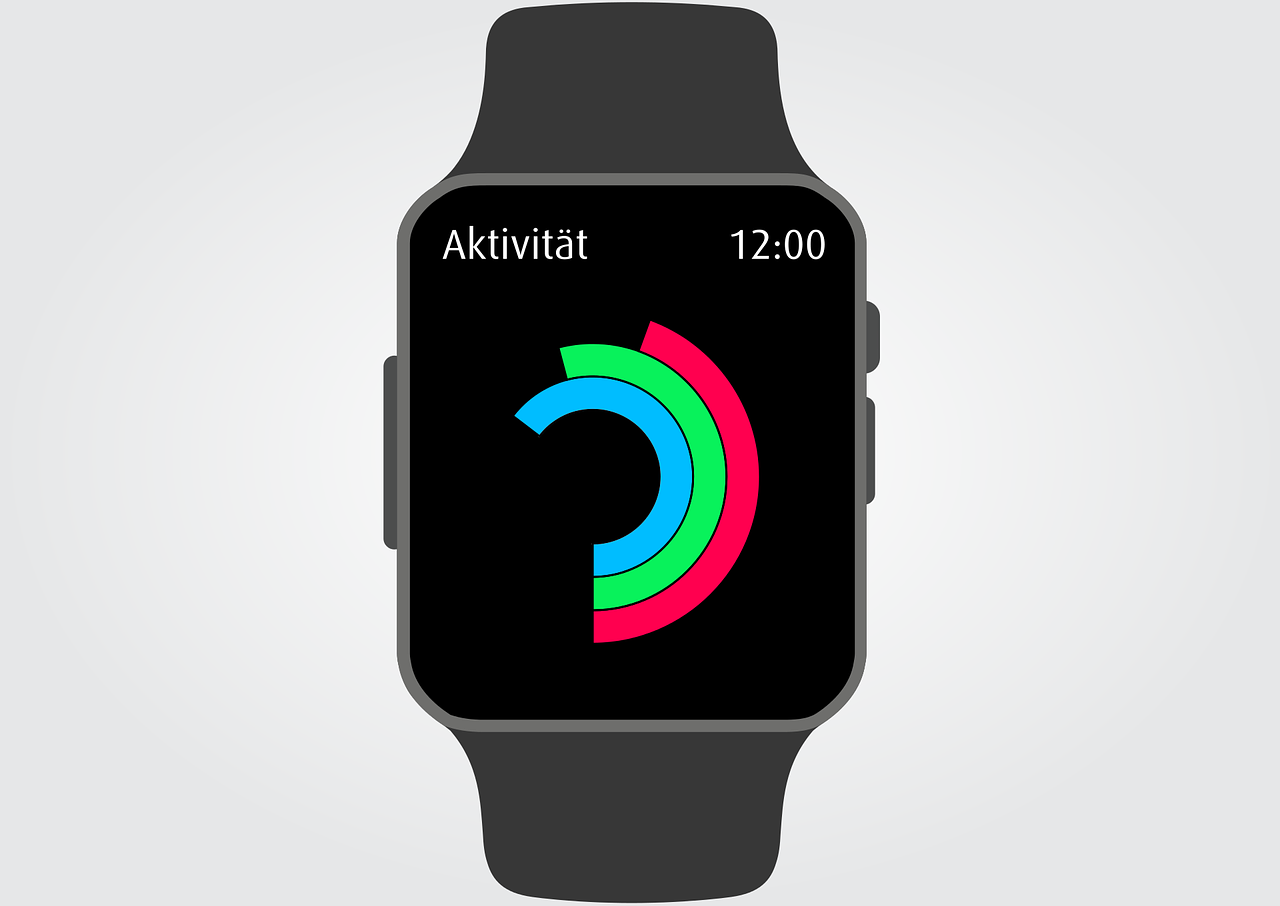
Armed with this knowledge, businesses can shift their focus from simplistic functionality toward crafting an empowering experience centered around personal finance management—allowing for easy expense tracking through intuitive interfaces while ensuring clear language explanations throughout the customer's banking journey.
This approach transforms the approach from being feature-centric into a dynamic process that revolves around users' needs, allowing you to see past their preconceptions to concentrate entirely on what customers genuinely desire. Embracing this shift transcends routine work by fostering innovative solutions and championing an exceptional user journey.
User research before user need statements
So how exactly do you go about uncovering these hidden insights? It starts with employing effective research methodologies such as surveys, interviews, or even observation techniques.

Surveys give you the opportunity to collect quantitative data from a large sample size.
Interviews allow for qualitative conversations that delve deep into user thoughts and emotions.
Observing users in real-life scenarios can provide invaluable context and help identify pain points that might otherwise go unnoticed.
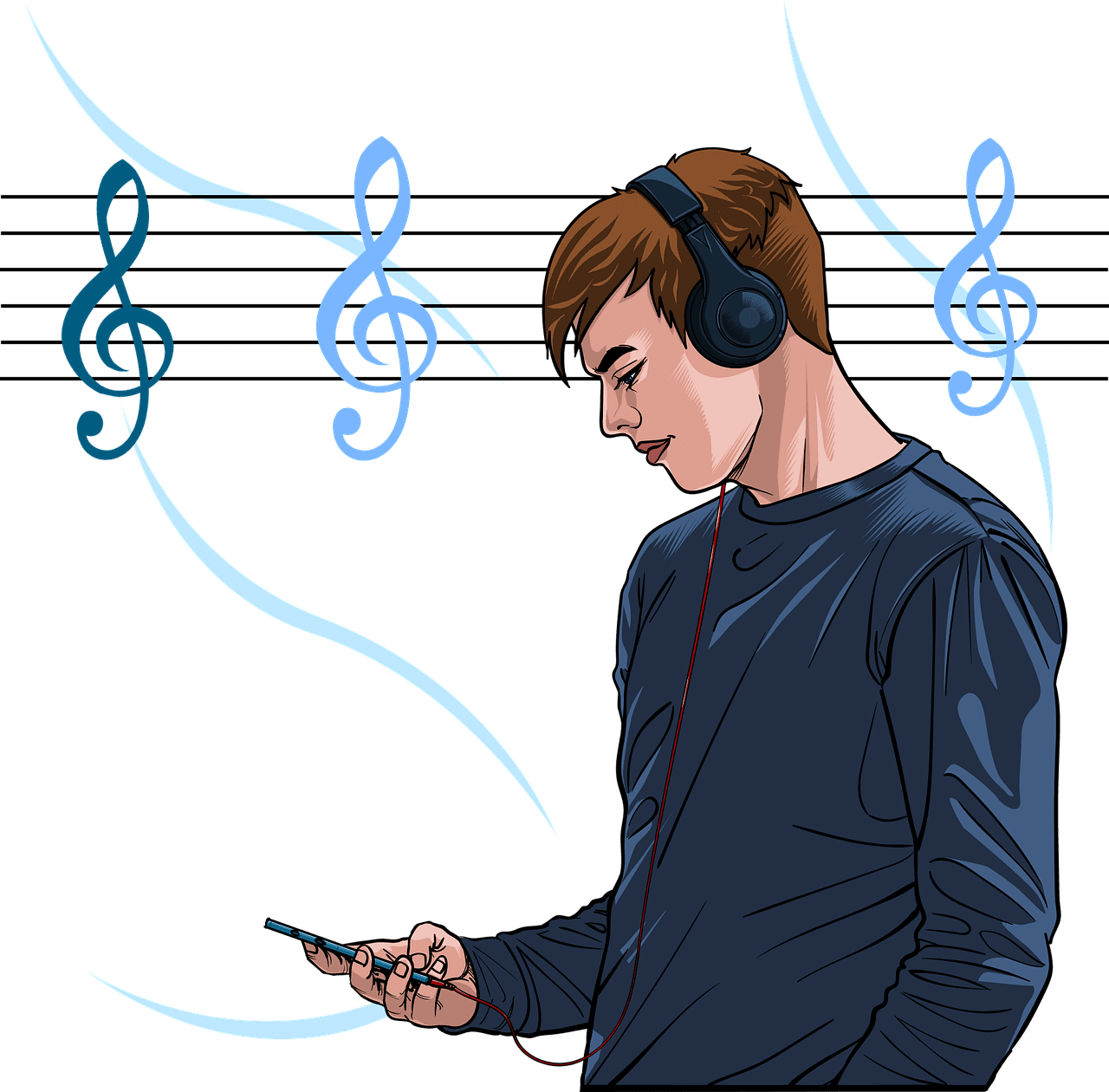
To dramatize this with an example, think about Spotify without personalized playlists. You'd be lost in an ocean of songs. But Spotify uses insightful user need statements to customize experiences that resonate with user music tastes. Statements like, "I want to discover new music similar to what I enjoy" have fueled features such as Discover Weekly and Daily Mixes, directly influencing increased use and customer satisfaction rates.
Transforming industries: The untapped power of brilliant user need statements
The research you do comes handy in several instances. The first instance would be its usefulness in creating user personas, which bring you several steps closer to understanding your audience. A good user persona can help you craft brilliant user need statements. With that, companies can revolutionize entire industries and reshape the way products and services are designed, delivered, and experienced.
Let's start with a definition. A user need statement outlines the user perspective—in the sense it tells you who they are, what their problem is, and why they seek specific solutions to alleviate their problem. So, instead of first designing a solution and then finding who'll need it, you'll do it the other way round—find out who your users are and what they need before promising them a solution.
Here's a simplified yet popular user need statement structure: Our user [a part of your user persona] needs to overcome this obstacle [your research findings] in order to enjoy the benefit of [the ultimate objective].
E.g: Allen, a busy freelance UX designer [user persona] needs to overcome the trouble of taking on excess work and not maintaining fixed working hours payments [your research findings] to enjoy work-life balance, channelize his creative energies by avoiding burnout, and gain financial stability [ultimate goals of the freelancer].
Now, let's take a look at some exciting case studies and success stories where incorporating meaningful user need statements led to remarkable outcomes. The user need statements mentioned here are possibly what the industries have worked upon.
Technology industry
When properly used, user need statements serve as a lens through which you see their genuine needs and desires: "What does the user want?", "How will this product enhance their lives?", etc. Herein lies an unexplored gold mine yet to be tapped by many technology professionals. With these insights at hand, tech companies can design products or services that directly tackle customer problems or wants—hitting the bullseye.
Example: Apple
With a keen ear and uncompromising focus on user need statements, Apple propelled the smartphone industry into an exciting era centered around exceptional user experience. Each feature of their smartphones, from the intuitive interface to interactive apps, is meticulously designed to not only meet user requirements but also to redefine them. Their commitment extends beyond creating powerful devices; they've prioritized the emotions that gadgets provoke, establishing a unique bond between the technology and its users.
A user need statement example for MacBook could be like: David, a graphic designer, requires a high performance laptop for creating digital work, smooth multitasking, and integration with Apple ecosystem devices.
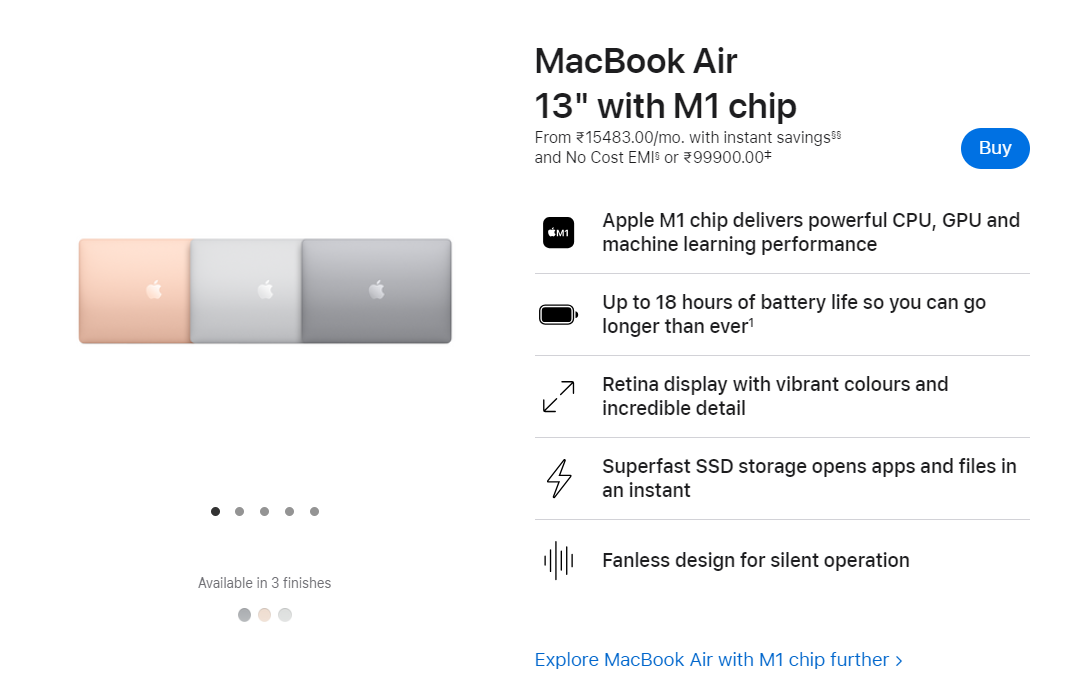
Image source: Apple
Automotive industry
User need statements offer guidance on how to tweak features, improve service quality, or initiate game-changing innovations that revolutionize customer experience. Integrating user needs directly into design iterations based on these precious whiffs of consumer air can significantly reduce wrong turns in the research and development stages. It'll not only save time and resources but will also catapult success rates by ensuring planned initiatives hit right at the heart of what people yearn for in a vehicle.
Example: Tesla
Breaking barriers and igniting revolution, Tesla stepped up to transform user need statements into reality. Their electric cars are a palpable testament to how they ingeniously addressed the burgeoning demand for sustainable transportation. These cars spell an exhilarating synthesis of cutting-edge technology and eco-friendly practices.
Education industry
If students express needing more engaging online courses, schools can enhance digital platforms to make learning interactive and enjoyable. Teachers might state they need simplified administrative procedures allowing them to focus more on teaching rather than paperwork. Using this statement, education providers can streamline processes via technology automation. Conversely, parents may desire enhanced communication lines with tutors for better performance tracking; drafting robust parent-teacher communication strategies becomes inevitable in such cases.
Example: Coursera
Coursera intelligently used user need statements as a compass to steer their enterprise in the right direction. Responding to these needs wasn't just about providing answers; it was probably about reading between the lines and anticipating what their users really wanted—an affordable, accessible, and quality learning experience right from their comfort zones.
In that lies the genius of Coursera's approach. By skillfully deciphering these requirements sketched out by user need statements, they were able to tailor an array of courses delivered by reputed universities worldwide.

Image source: Coursera
Fitness and wearable technology industry
User need statements transcend traditional market research, offering an in-depth understanding of what users truly want from their gadgets. For instance, someone may express needing a heart rate monitor that is non-obstructive during high-intensity workouts.
This statement enables developers not only to refine features benefiting existing customers but also to attract potential clients with similar needs. Consequently, fostering customer satisfaction boosts brand loyalty and long-term profitability—the perfect marriage of pragmatic business strategies with personalized consumer experiences.
Example: Fitbit
By effectively harnessing user need statements, these wearable devices provide an unprecedented level of personalization in a bid to meet individual health and wellness targets. Whether it's tracking sleep patterns for a more refreshed morning or counting calories for better weight management, the options are virtually limitless.

Image source: Fitbit
FinTech industry
The straightforward declarations of the customers’ financial expectations could provide an impressive base for innovations. By focusing on these needs, companies can plot logical routes in their development process towards solutions that adequately answer each stated demand.
Example: Splitwise
Splitwise turned their app into more than just a split-the-bill platform by linking it with user-oriented conversations about spending habits and responsibilities. These observations allowed them to add features like debt reminders and payment logs—adding value beyond mere transactions. Through this approach, Splitwise successfully distilled its product based on realistic demands rather than theoretical assumptions. The result is millions of satisfied users who are smitten by an intuitive app that emancipates them from tricky financial tangles.
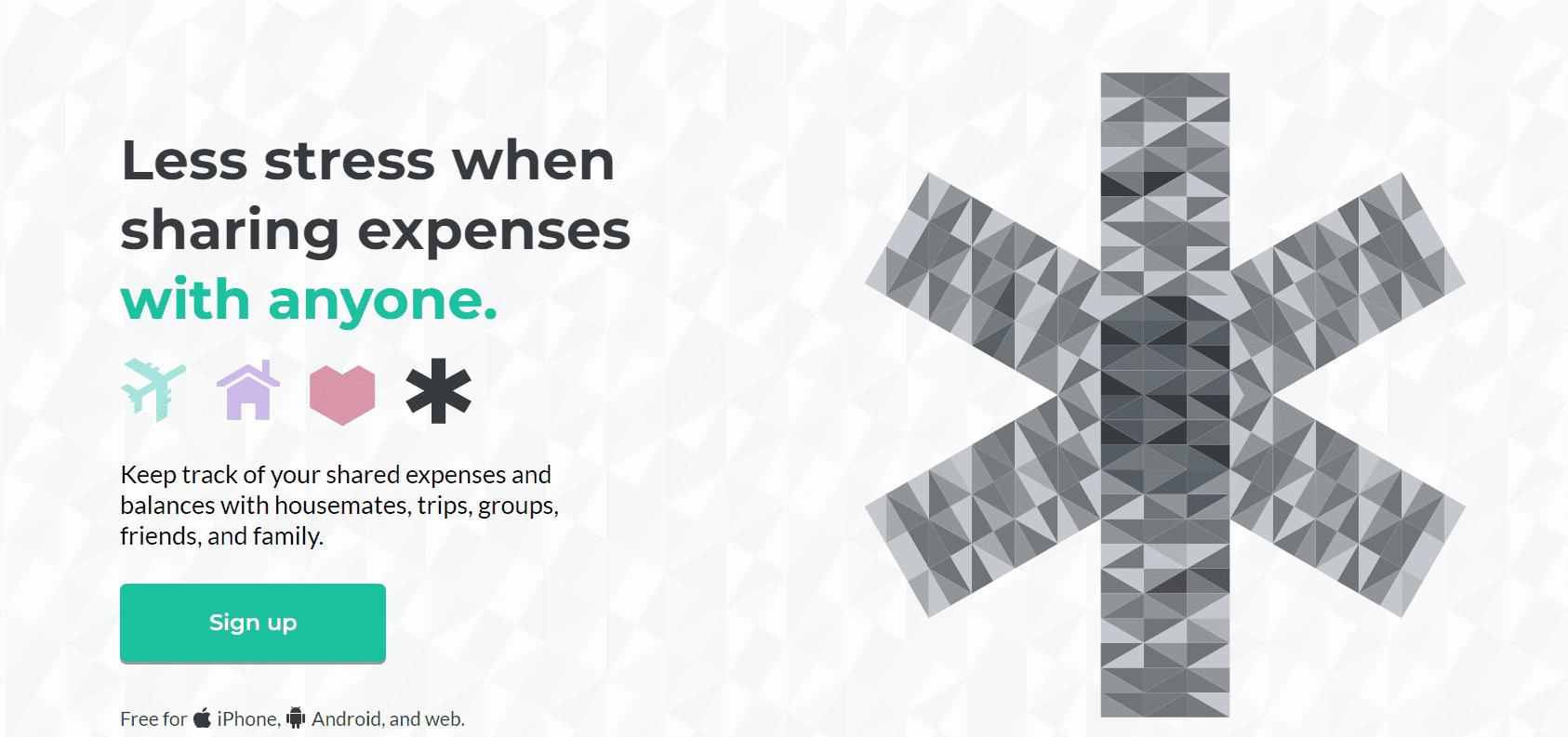
Image source: Splitwise
These real-life examples demonstrate how integrating user need statements into the design process can elevate website performance beyond expectations.
Conclusion: Emphasizing the critical role of user need statements
User need statements provide clarity and focus by clearly articulating the problems that need solving.
Moreover, incorporating user need statements in product development processes leads to more impactful outcomes. It allows designers and developers to place themselves in the shoes of the end-users, helping them see through their eyes and understand their frustrations on a deeper level.
As we conclude our exploration of user need statements' significance in product development, it's crucial to emphasize its transformative potential for businesses.
By putting forth products or services built on a foundation rooted in empathy—thoughtfully developed based on thorough understanding of identified needs—organizations cultivate long-lasting relationships with customers who feel genuinely understood.
So let us shift our focus from quantity-driven development cycles to quality-driven ones where solution no longer means just checking off feature lists but rather delivering tangible value that makes a meaningful difference in people's lives.
